Take A Hike!

With a program that competes with other adventure sign-ups like mountain biking and kayaking, it’s interesting to deconstruct why something as plain as backpacking can stand on its own. But there is more to hiking than walking through the woods with a backpack on.
“When we’re out in the woods, everyone’s equal,” says Ben Williams, adventure director and hiker. “You and I might be the trip-leaders, but at the end of the day, when it rains, we all get wet. There’s no favoritism. There’s an even playing field.”
The backpacking program has received new energy at the Creek. It branched off of the mountaineering program just a few years ago. But the pioneers to the activity are anything but inexperienced.
Jim Parham, who has helped shape the program to what it is today, is a well-known publisher and guide book author and creator of the iPhone/Android app Great Hikes of the Southern Appalachian (which you can download for free). Using his app, hikers find turn-for-turn directions to any route they decide to take as well as directions to access points.
He, with the rest of the adventure staff, have made an emphasis on lightweight hiking. They learn all of the key skills needed during a “prep” instruction class before they go on any trip. Instead of heavy name-brand stoves and kitchenware, they use penny stoves (burners made from used soda cans). Instead of carrying around bulky food and water containers, they use water filters to purify local streams in cooking their freezer-bag dehydrated foods. They build their tents using light-weight silnylon tarps lashed to trees or to their hiking poles.
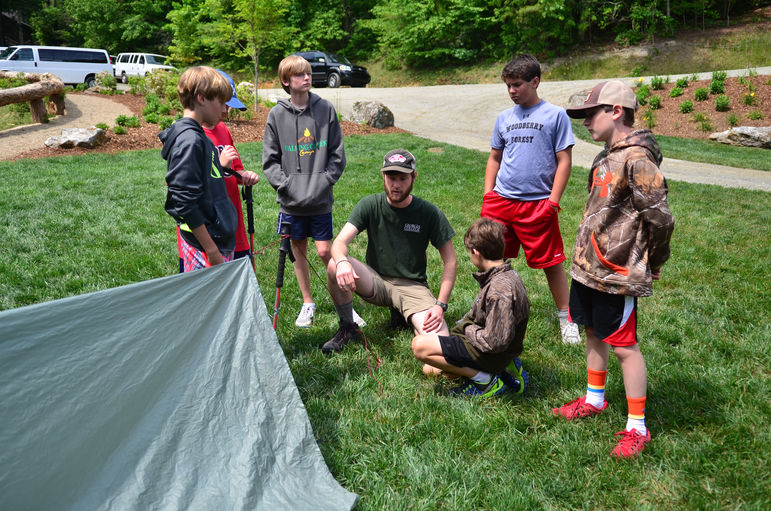
Without concerning themselves with packing too much, they allow themselves flexibility in where they decide to go. Hiking head Colby Lyles claims he can change the trip up to 10 minutes before they’ve packed up the van. “We pick routes based on who signs up. Last trip, instead of hiking the day away, we went out to look at the waterfalls.”
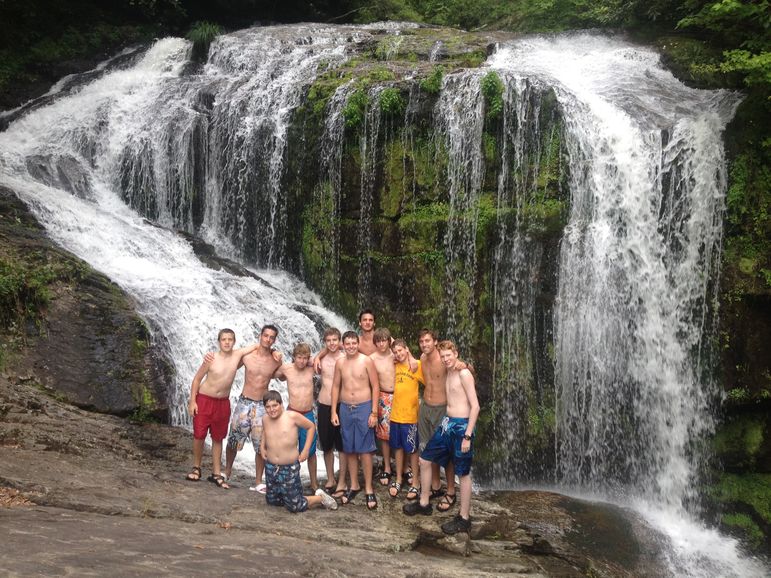
That’s not to say they’re ever at a loss of places to go. The camp lies within an hour of DuPont State Forest and Pisgah National Forest, a place you could visit every day of the summer and still not walk down the same trail.
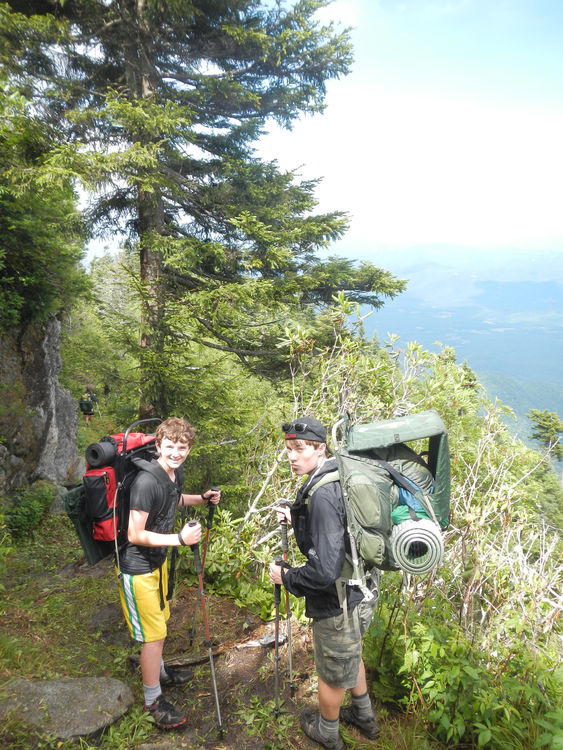
This temperate rain-forest has over 400 miles of trails to hike through. It offers a network of access points all over the state to trails like the famous Art Loeb, a 2000 foot climb which runs across Cold Mountain (the same from the book and movie), Shining Rock (a rock which glistens like a white sheet) and exposed balds that you can look out from to forever. Black Balsam, a hikable peak along the trail, allows for one of the highest views on the east coast (6,214 ft. in elevation). Other routes could allow someone to see 15 waterfalls in one trip, others 5 peaks in an afternoon. What I’m trying to say is best said by Colby himself, “You can’t go wrong with Pisgah.”
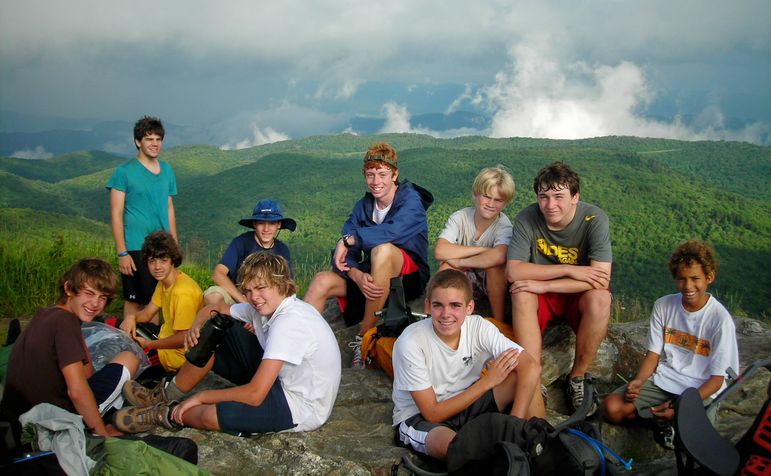
It’s easy to get caught up in the beauty of the Carolinas to miss the other practical side of hiking. In addition to learning knot tying, trip planning, bear bag building, and cooking, you learn an activity to do until you’re 90.
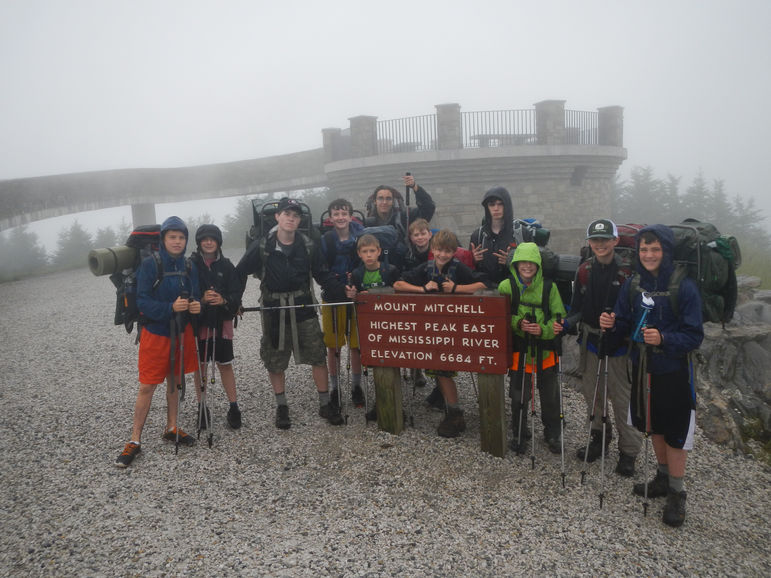
“A lot of these boys are involved in sports like football, soccer, basketball,” says Ben. “And those are great sports. They’re fun to play. They’re fun to watch. But at a certain point you go from being a participant in that sport to a spectator. A lot of the times I see the adventure program as a way for the boys to get into a sport that they can participate in for the rest of their life.”
Backpacking plans on taking 15 trips in this “Main” camp session alone, including hikes that will range from full-day to 3-day trips.
By John Granatino